“... One hand gripped the steering wheel, the other on the start button. The tension inside the cockpit grew as the drivers waited for the starting signal. Outside the cockpit, an eerie silence fell over the entire area as all eyes were on the moment of the start...”.
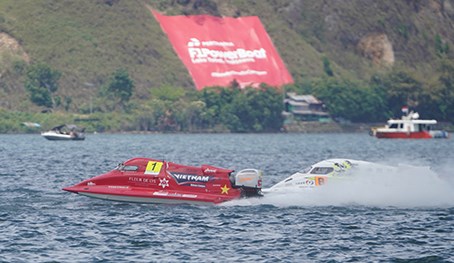
Binh Dinh - Vietnam powerboat racing team at the Indonesian Grand Prix. Photo: F1H2O
What is F1H2O? The UIM F1H2O World Championship is the flagship of the international series of powerboat racing. Highly competitive, hugely challenging, adventurous and entertaining, the F1H2O World Championship is the pinnacle of racing excitement and is considered one of the most spectacular and exciting sports in the world. The series attracts up to 20 of the world's top racers and is a sport that must be seen as a race of faith as the tunnel-hulled catamarans take tight turns at speeds in excess of 90 mph and reach top speeds of 140 mph on the straights. In the grand scheme of things, 18 to 20 sleek, powerful and lightweight catamarans line up on the starting pontoon. Inside each cockpit, a single racer sits looking through a small windscreen. One hand grips the steering wheel, the other rests on the starter button. The tension inside the cockpit increases as the drivers wait for the starting signal. Outside the cockpit, an eerie silence covers the entire area, as all attention is focused on the moment of departure. And when the “rein” is released, the boats will turn on, an explosion from the 425 horsepower engines, all roaring, rushing towards the first corner. After that scene, there is nothing but white spray of foam... In a high-speed game, danger is always present. The drivers are under great pressure, at the corners, high speed creates a G-force of up to 4.5 affecting the driver, meaning their weight will increase 4.5 times. Comparing to F1 racing on the ground, when cornering, the G-force is only 2.5. The jerking and shaking are terrible while visibility is almost zero. Launched in 1981, the F1H2O World Championship is similar to F1 racing and operates under the same rules. Each race lasts around 30 minutes plus two green flag laps at a pre-selected location, usually a lake, river or sheltered bay. Controversy... Over the past four decades, the F1H2O World Championship has seen significant change and development. The 70s and 80s saw many promoters and the sport's two giants, OMC and Mercury, battle it out for supremacy in the sport. OMC offered a 3.5-litre V8 engine package known as the OZ type, Mercury pushed their 2.0-litre engine known as the ON type, the power disparity soon led to fierce debate and infighting between the rivals. The split occurred in 1981, with FONDA being formed and opting for ON class engines, while OMC favoured the OZ powered PRO ONE series. Both claimed the right to use the World Championship name, a dispute that was resolved by the sport’s governing body, the UIM (International Powerboat Federation), later that year ruling in favour of OZ. 1984 saw the beginning of another turning point, with safety becoming a major concern with the development of engines and the increasing power of V8s, with tragic consequences and heralding the gradual demise of OZ internationally, ending in 1986. The door was open for the FONDA World Grand Prix series to reinvent itself. From 1987 to 1989, with no official UIM World Championship and no competitors, UIM regained its World Championship status and in 1990 the FONDA World Grand Prix Series became the UIM F1H2O World Championship, the Mercury 2.0-litre engine preferred at the time. The Mercury 2.5-litre engine appeared in 2000 and is used to this day. In 1993, UIM appointed Nicolo di San Germano as Promoter. His 30-year tenure brought stability, a new direction, improved safety and an ever-expanding geographical footprint including Europe, the Americas, the Middle East and Asia, and with this expansion came increasing commercial value. And the development In four decades, the sport has seen just under 300 Grand Prix races in more than 30 countries across five continents, with 15 drivers winning the world title, and 48 becoming members of the prestigious Grand Prix winners' club. Of the 15 world champions, eight have won more than one title; Italy's Guido Cappellini has won the most, with 10, followed by Alex Carella (Italy) and Scott Gillman (USA) with four, Philippe Chiappe (France), Renato Molinari (Italy) and Shaun Torrente (USA) with three, and Sami Selio (Finland), Jonathan Jones (UK), and Jonas Andersson (Sweden) with two each. While today’s F1H2O catamarans don’t look much different than they did in the 1980s, there have been major changes in driver protection and overall safety. The first boats were made from thin plywood, with the driver sitting in an open, exposed cockpit, with a high risk of injury in the event of an accident. With safety at the forefront of boat development, British designer and racer Chris Hodges set out to improve the situation and created a safety box made from extremely strong composite materials. Instead of the cockpit being part of the main structure, Hodges’s cabin was separate and built into the hull and centre section. For the first time, the drivers were actually strapped into their seats. The idea was that if a boat crashed, the wooden hull could break off and absorb the impact while the driver remained well protected inside his box. In the late 1990s, further developments saw the introduction of airbags in the cockpit that inflated on impact to ensure the cockpit did not sink before rescuers arrived. Over the years, boat building has evolved and today very few boats are built from wood, with modern composite materials being used. Vietnamese sports fans will be able to witness the powerboats competing at the Binh Dinh Grand Prix later this March. Not only that, the host country Vietnam also has a racing team participating in the 2024 World Championship, Team Binh Dinh - Vietnam. The series of events under the Amazing Binh Dinh Fest 2024 Sports - Culture - Tourism Week, lasting from March 22 - 31, mainly focus on Thi Nai Bay, on the occasion of the 49th anniversary of the Liberation of Binh Dinh Province (March 31, 1975 - March 31, 2024). Some information about F1 powerboats Appearance: Double-brace, tunnel-hull catamaran Manufacturers: BABA, Blaze, DAC, GTR, Molgaard, Moore, Victory Hull Materials: Carbon fiber, Kevlar, composite, airex & nomex Length: 5.10 meters (minimum) Width: 2.1 meters (minimum) Weight: 550kg (including residual fuel and oil, driver with personal equipment), about 380kg (excluding driver and engine) Fuel tank: Carbon construction, capacity about 120 liters Engine: Mercury or equivalent 6-cylinder 2-stroke outboard engine Engine capacity: 2.5 liters to maximum 3 liters Steering: Cable with electronic power steering, opening ratio according to driver's preference Gearbox: Fixed ratio direct drive Propeller: As fixed ratio Gearbox, diameter from 10.5 x 16 inches or more (depending on length) track). CNC-machined forged stainless steel alloy Horsepower: Approximately 400, 10,000 rpm Top speed: Over 220 km/h Acceleration: 0-100 km/h in approximately 3 seconds Train control: Hydraulic ram system controls engine angle and height operated by a series of switches on the steering wheel, dashboard and footrest. Accelerator pedal controls engine power.
Laodong.vn
Source
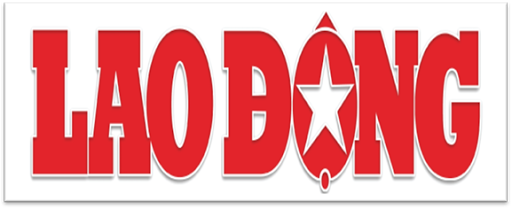
![[Photo] Closing of the 4th Summit of the Partnership for Green Growth and the Global Goals](https://vstatic.vietnam.vn/vietnam/resource/IMAGE/2025/4/17/c0a0df9852c84e58be0a8b939189c85a)
![[Photo] Nhan Dan Newspaper announces the project "Love Vietnam so much"](https://vstatic.vietnam.vn/vietnam/resource/IMAGE/2025/4/17/362f882012d3432783fc92fab1b3e980)

![[Photo] General Secretary To Lam receives French Ambassador to Vietnam Olivier Brochet](https://vstatic.vietnam.vn/vietnam/resource/IMAGE/2025/4/17/49224f0f12e84b66a73b17eb251f7278)
![[Photo] National Assembly Chairman Tran Thanh Man meets with outstanding workers in the oil and gas industry](https://vstatic.vietnam.vn/vietnam/resource/IMAGE/2025/4/17/1d0de4026b75434ab34279624db7ee4a)
![[Photo] Promoting friendship, solidarity and cooperation between the armies and people of the two countries](https://vstatic.vietnam.vn/vietnam/resource/IMAGE/2025/4/17/0c4d087864f14092aed77252590b6bae)
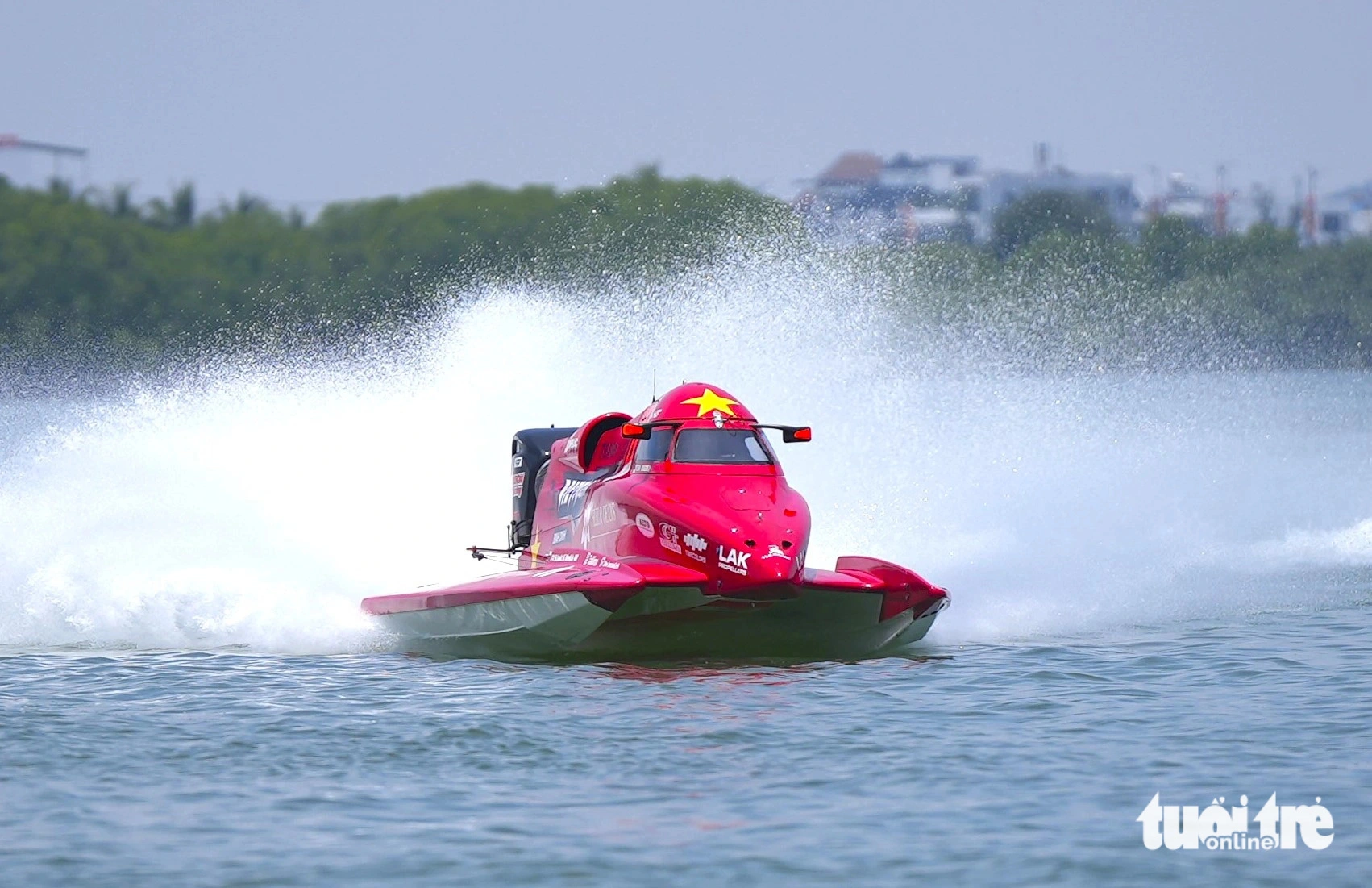

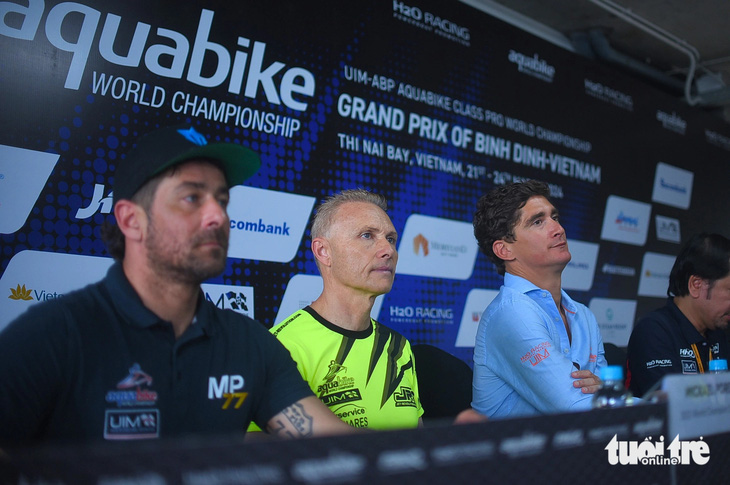

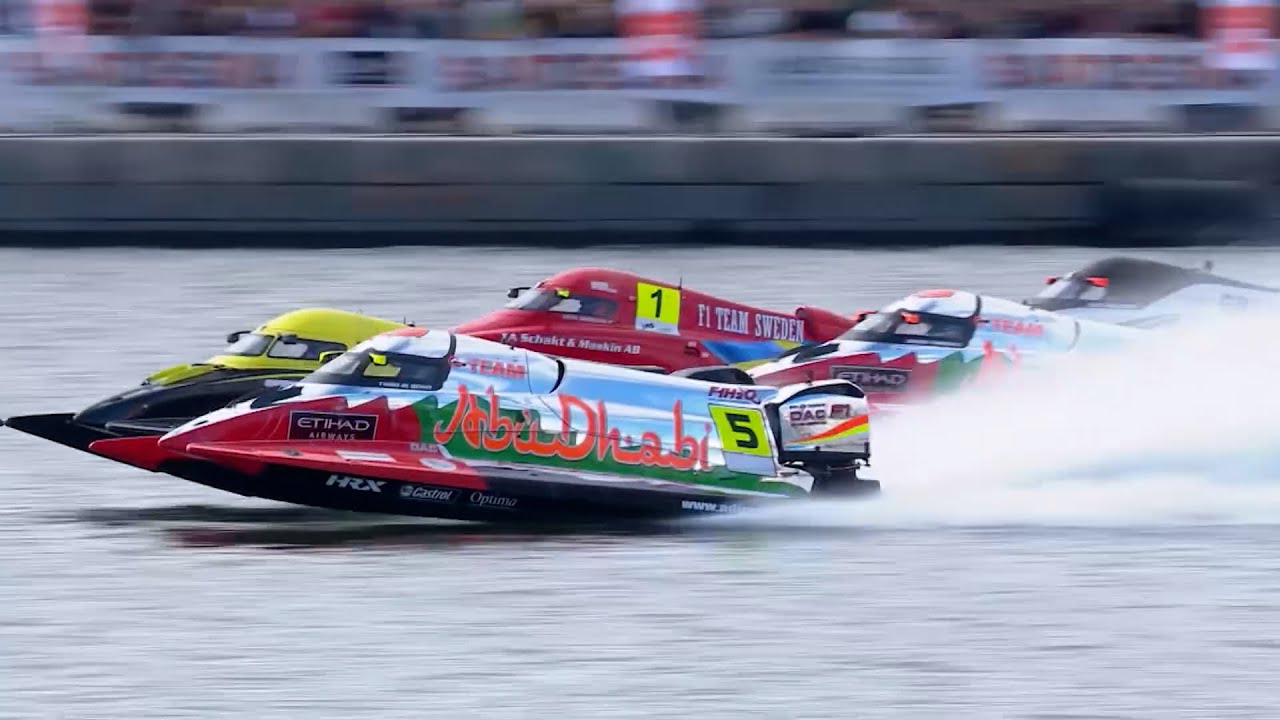

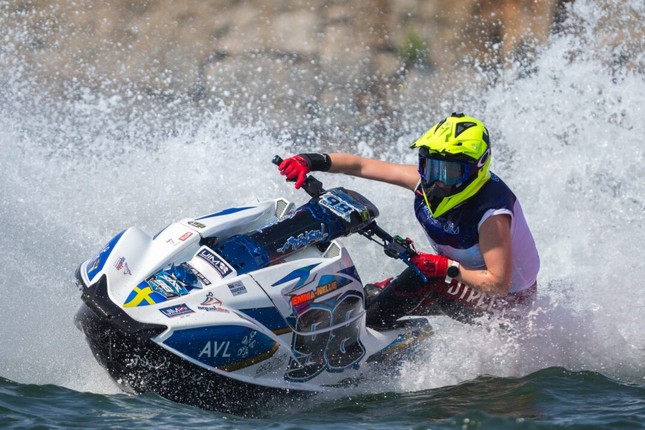


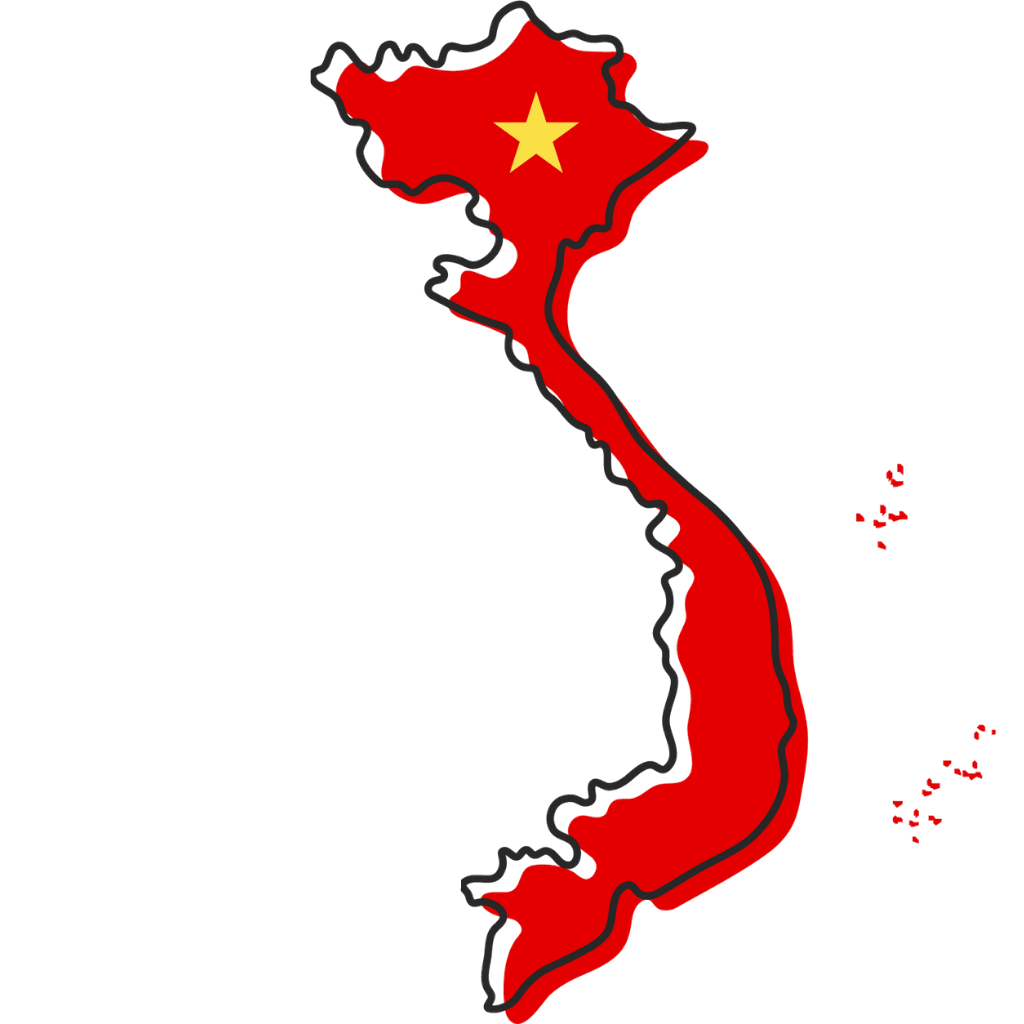
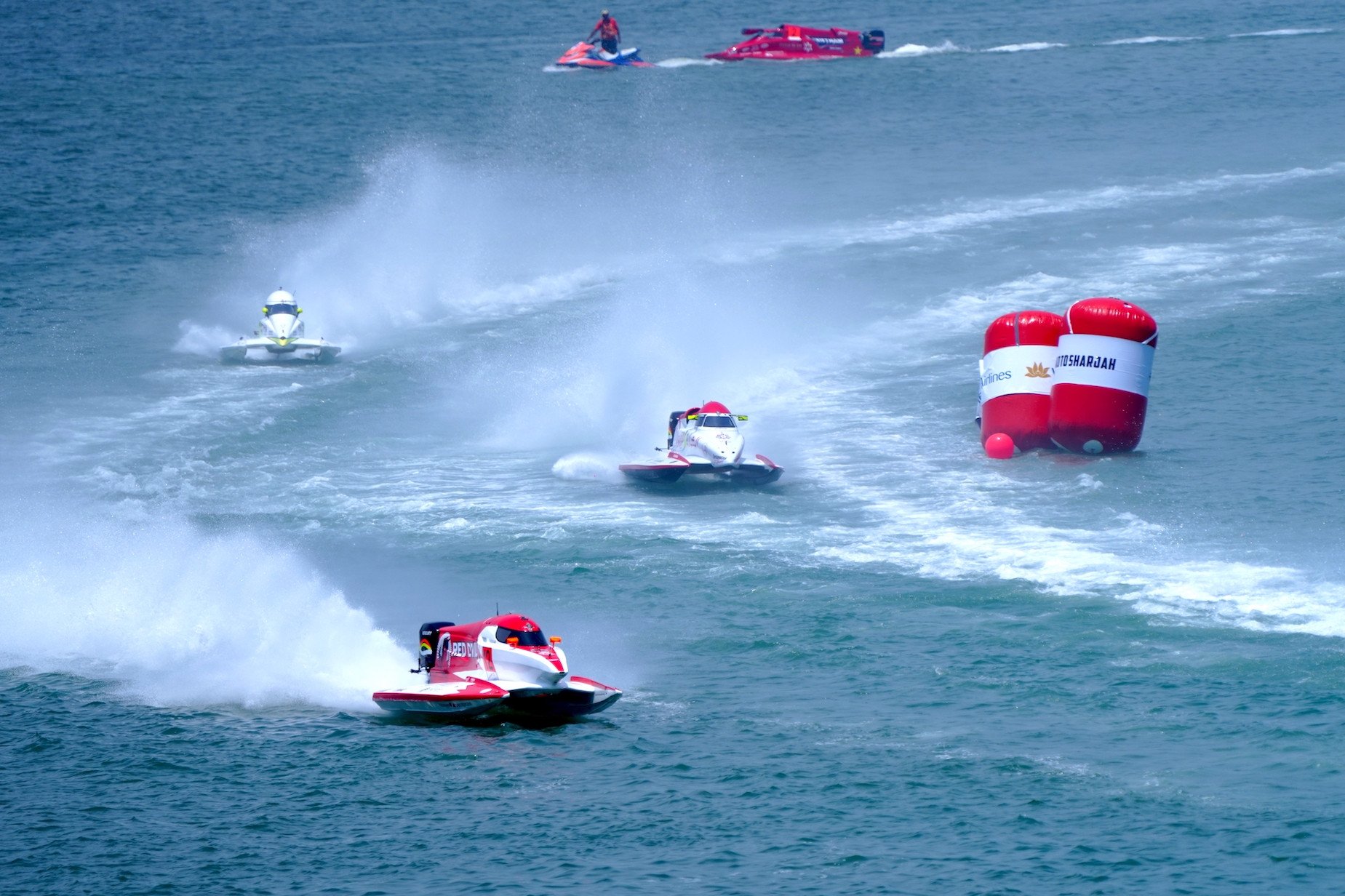
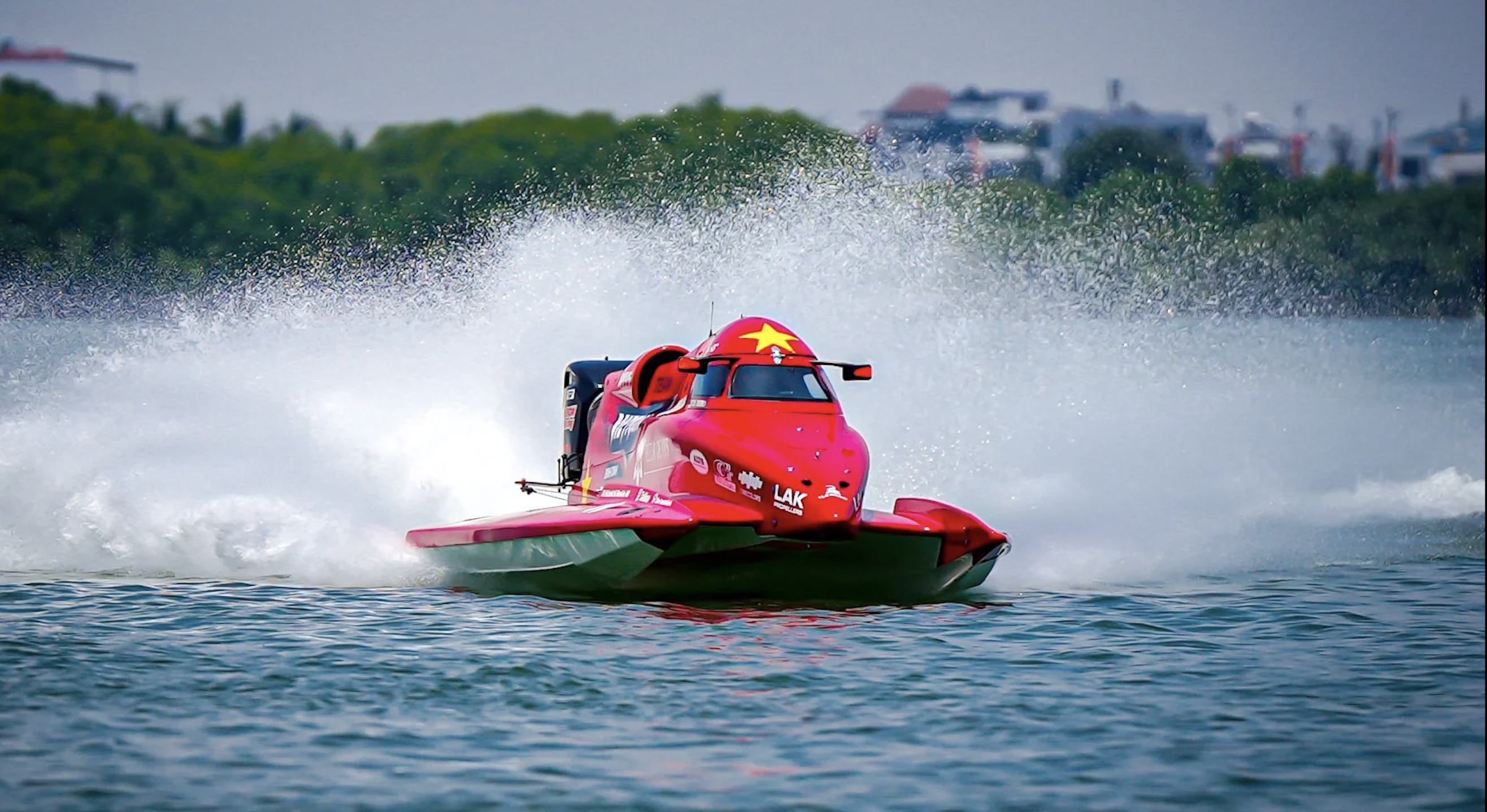
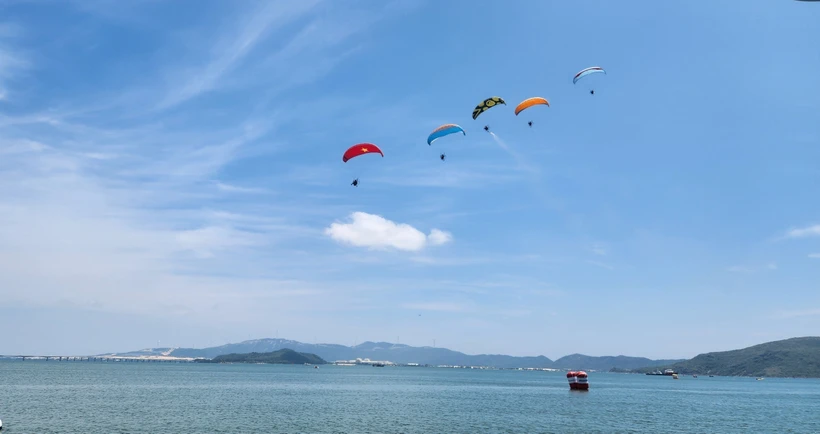
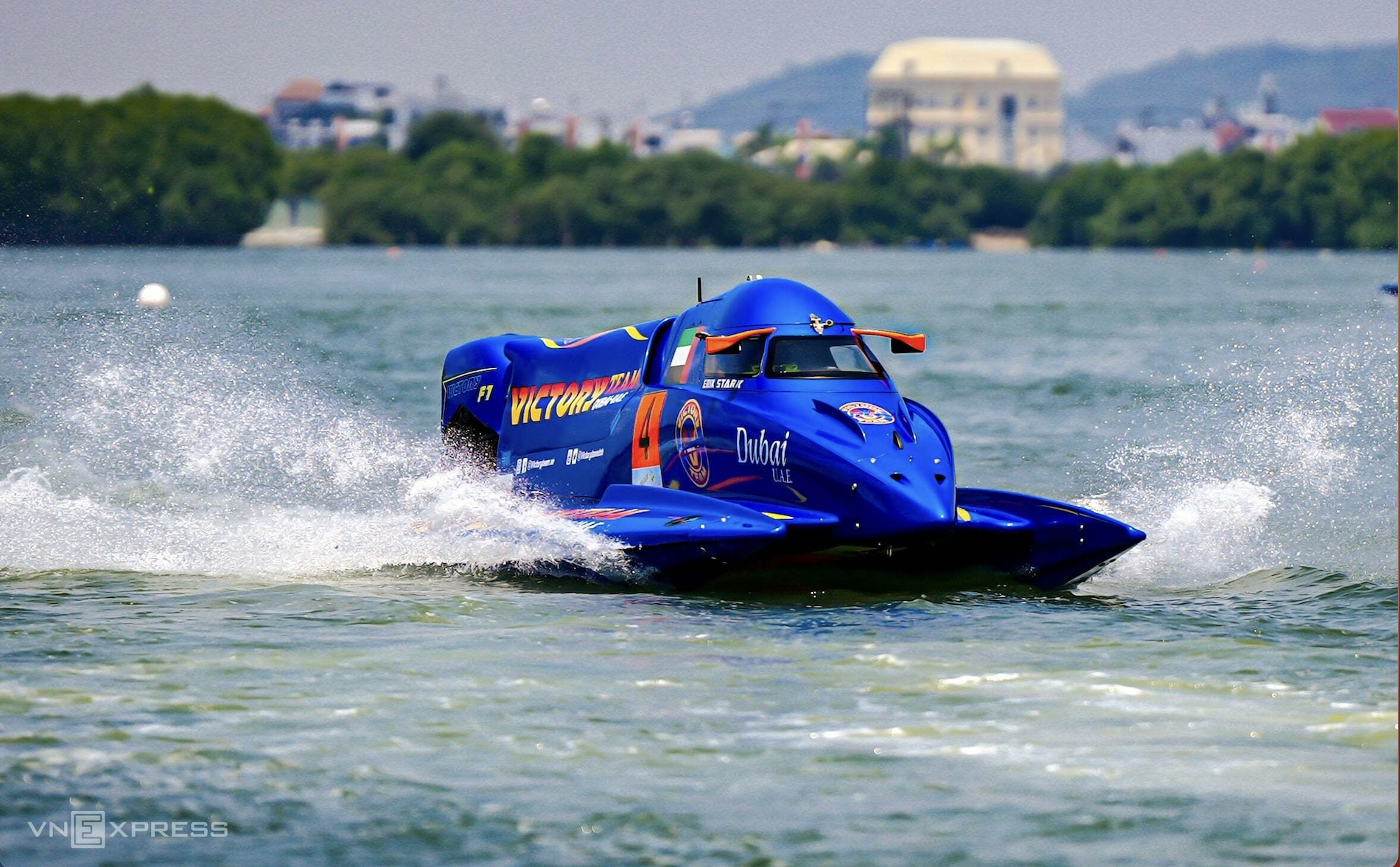
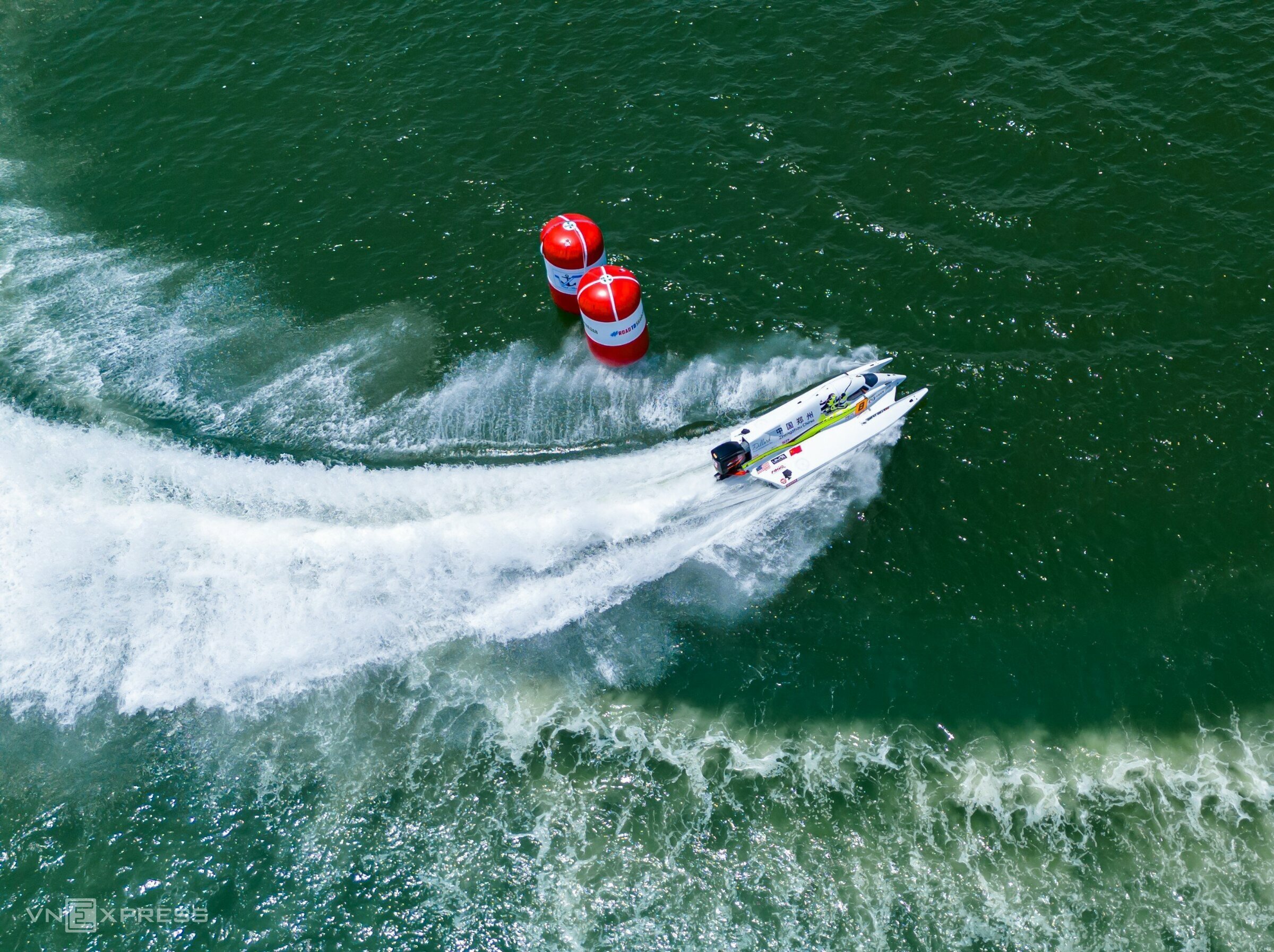
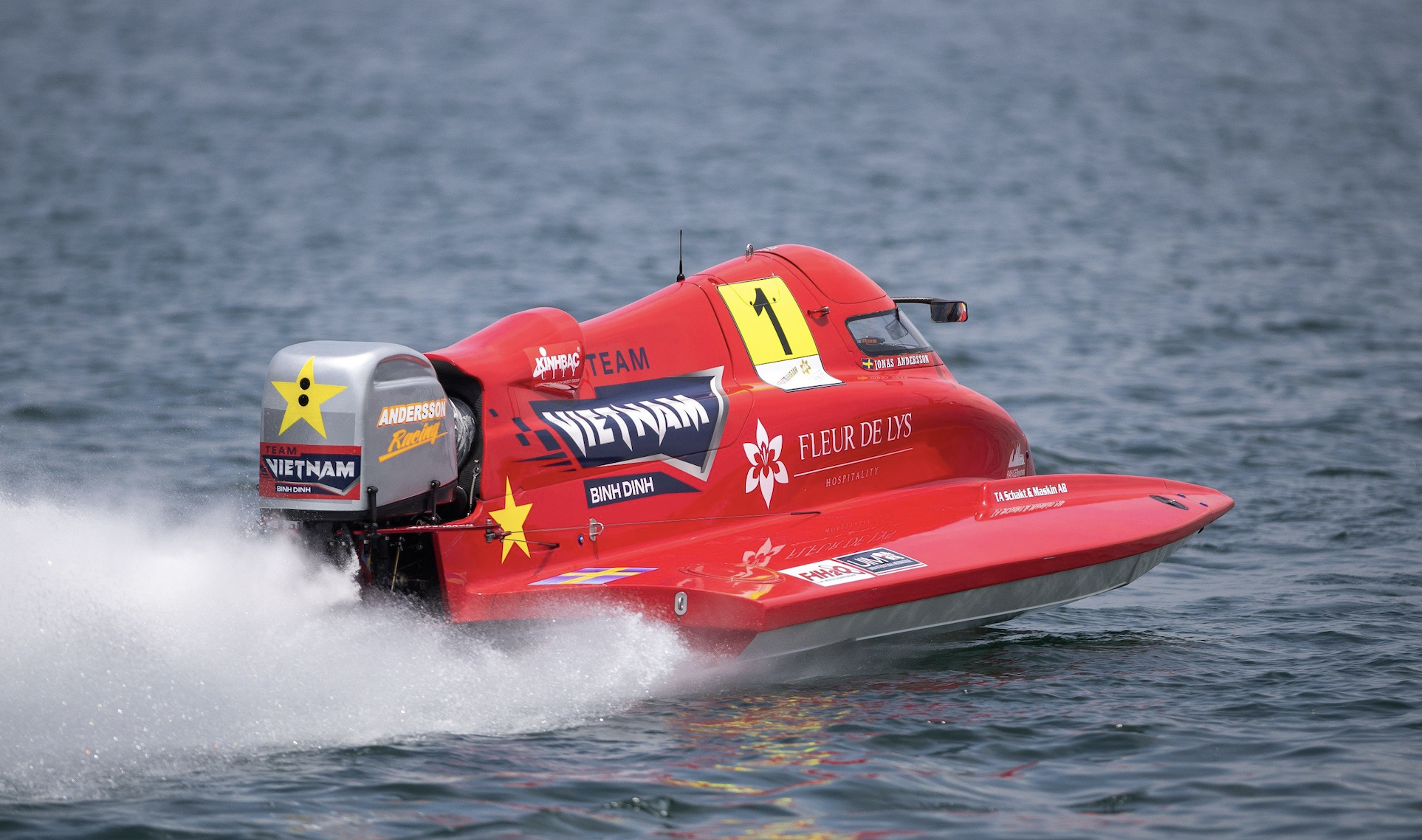








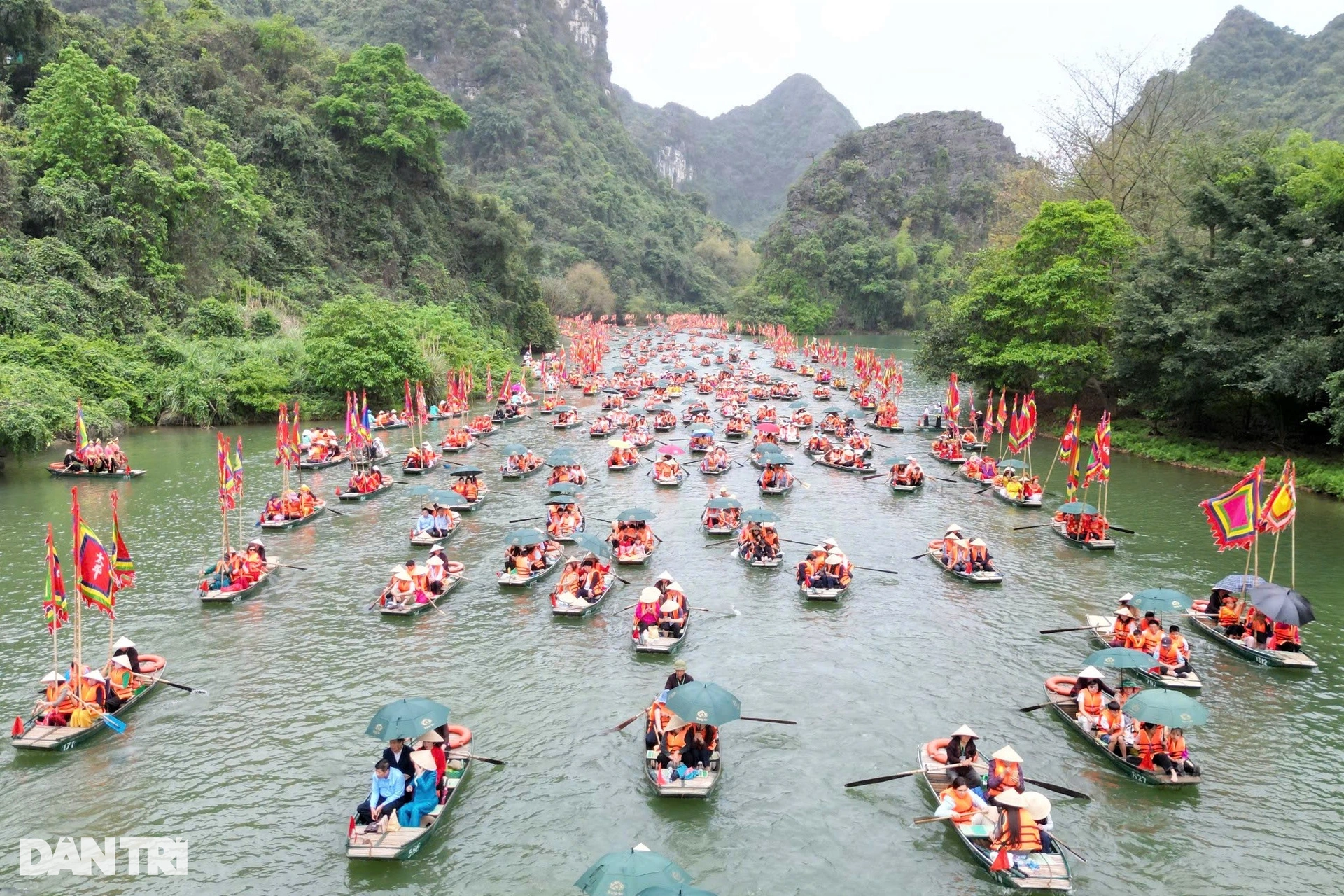
![[Photo] Welcoming ceremony for Chinese Defense Minister and delegation for friendship exchange](https://vstatic.vietnam.vn/vietnam/resource/IMAGE/2025/4/17/fadd533046594e5cacbb28de4c4d5655)



























![[Video] Viettel officially puts into operation the largest submarine optical cable line in Vietnam](https://vstatic.vietnam.vn/vietnam/resource/IMAGE/2025/4/17/f19008c6010c4a538cc422cb791ca0a1)

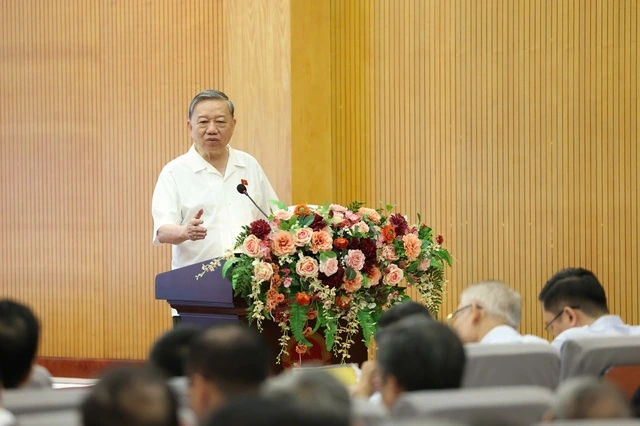





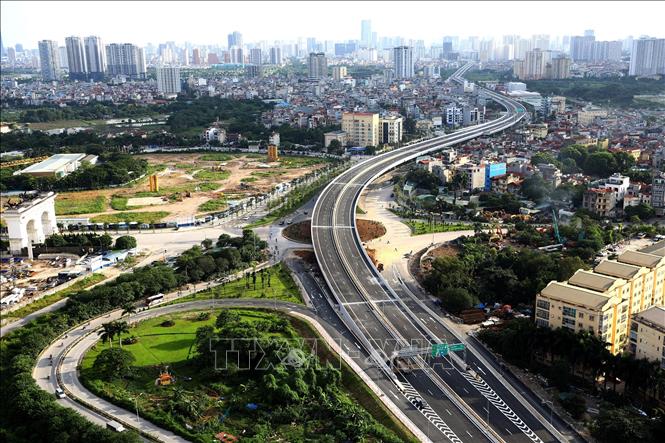



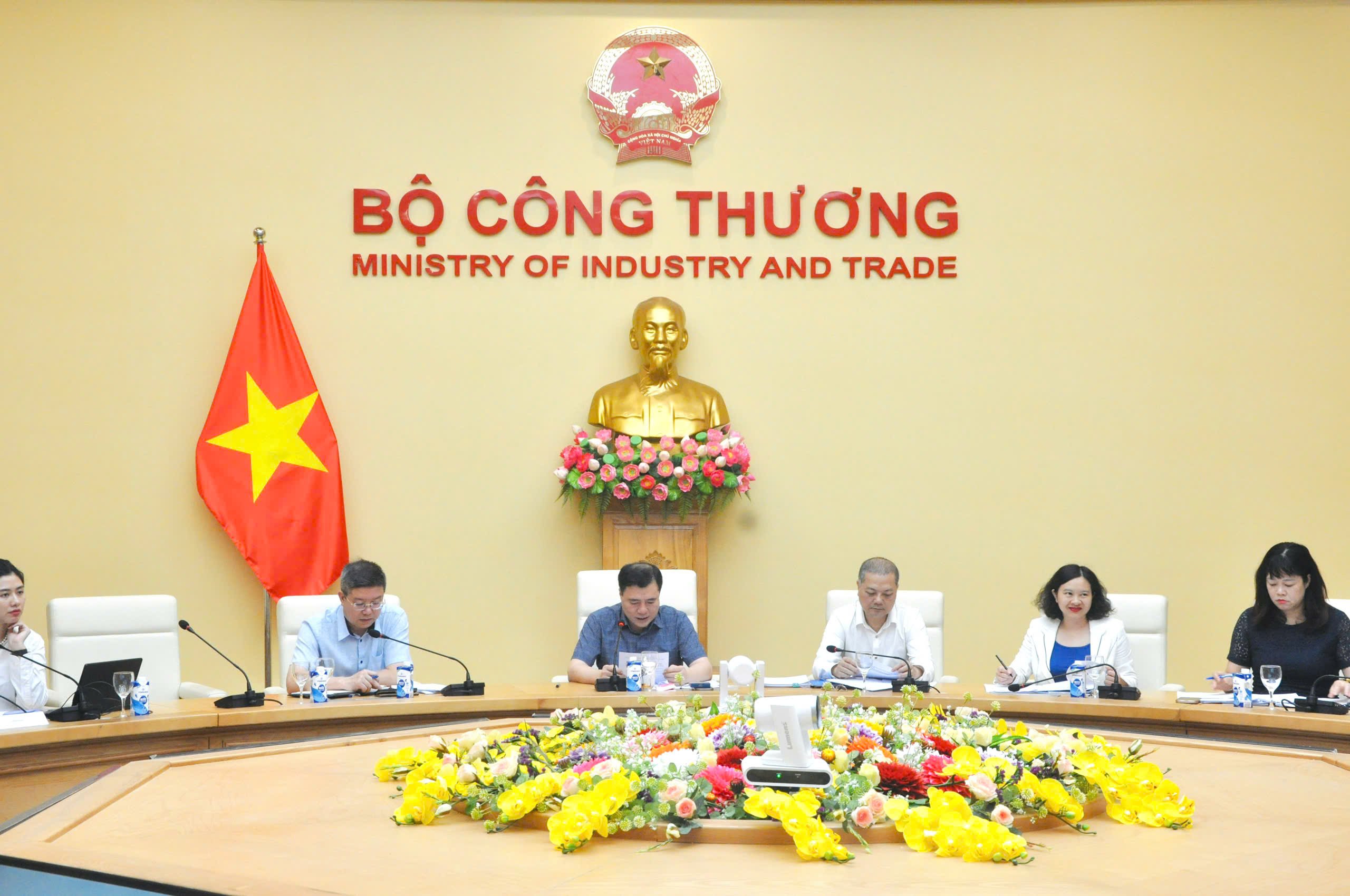




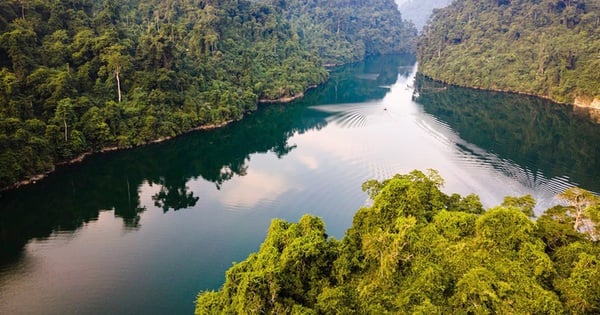



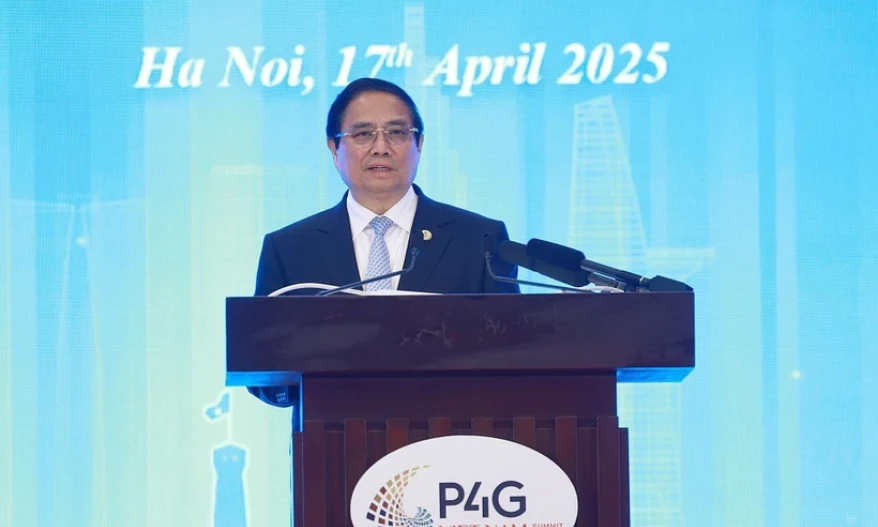


















Comment (0)